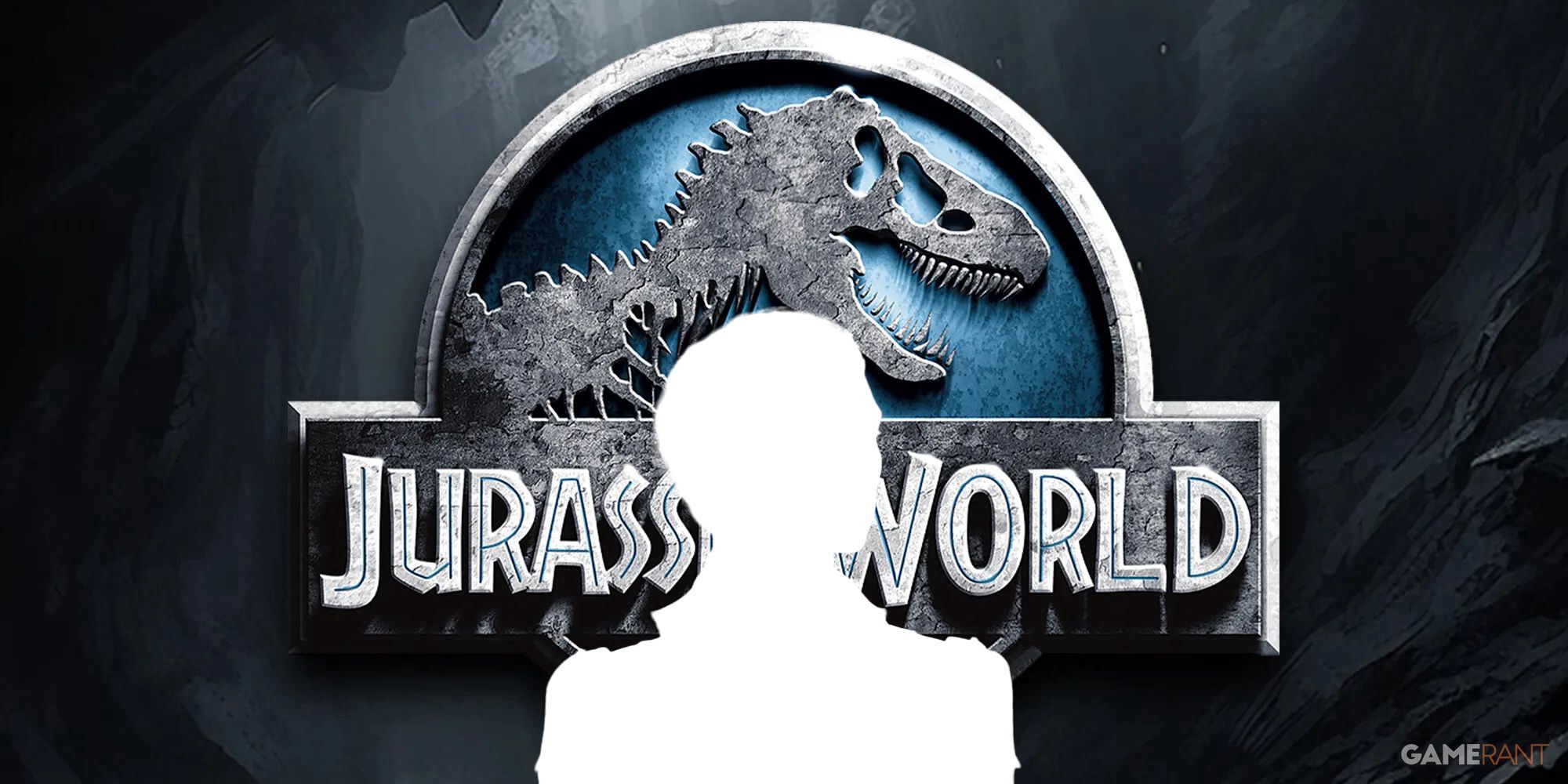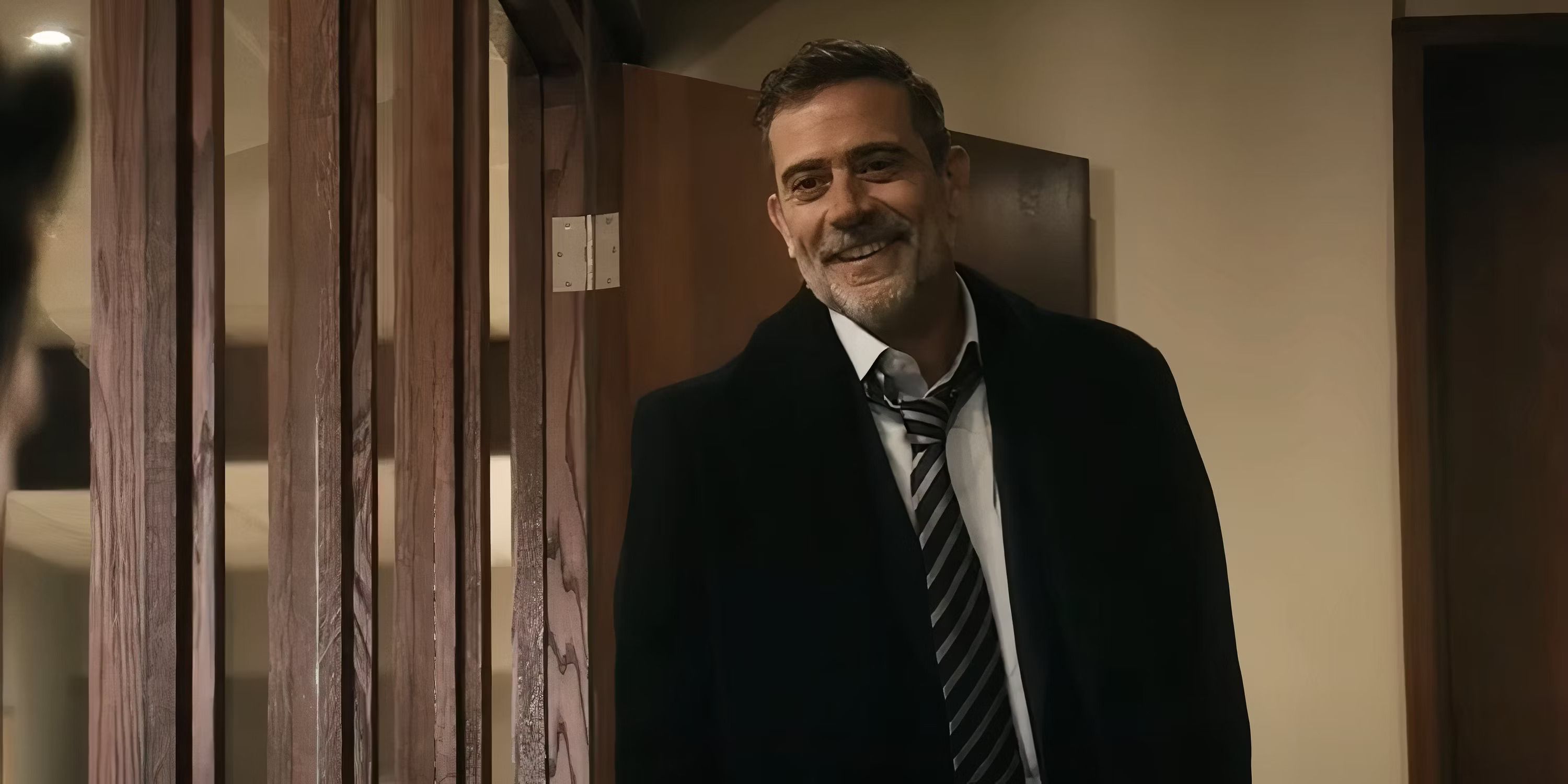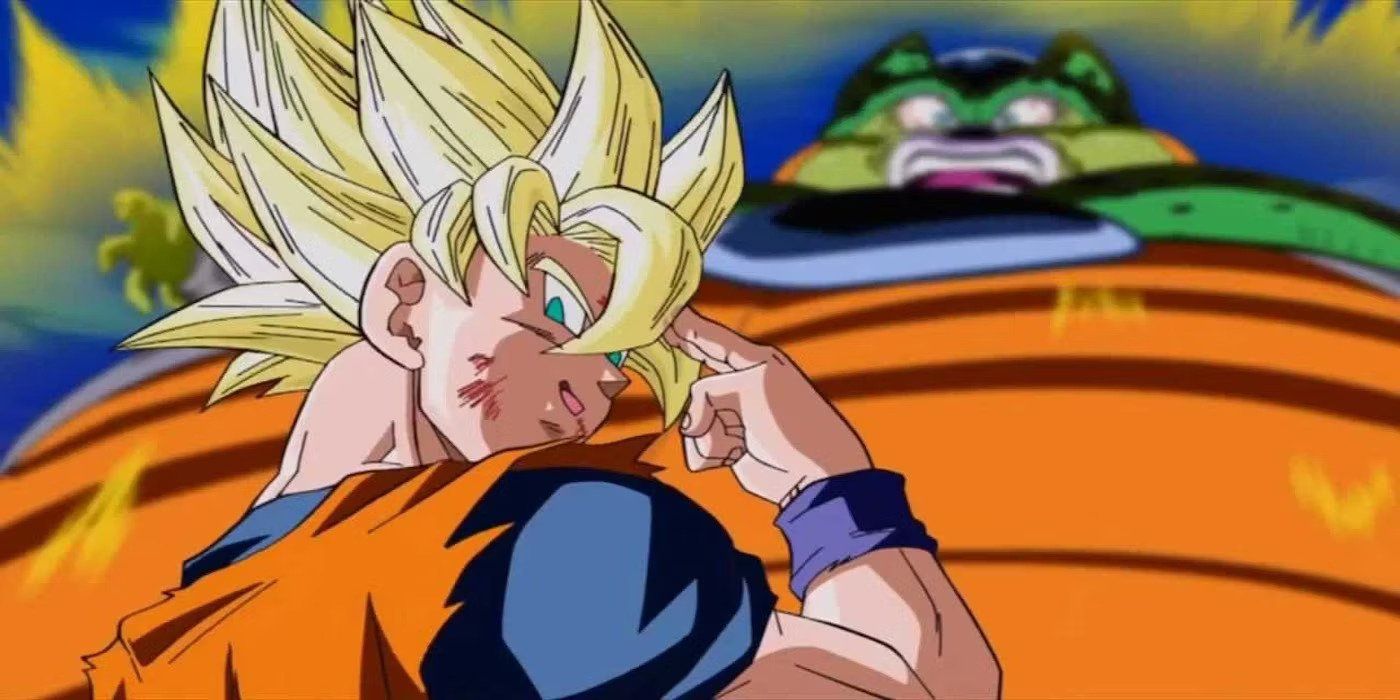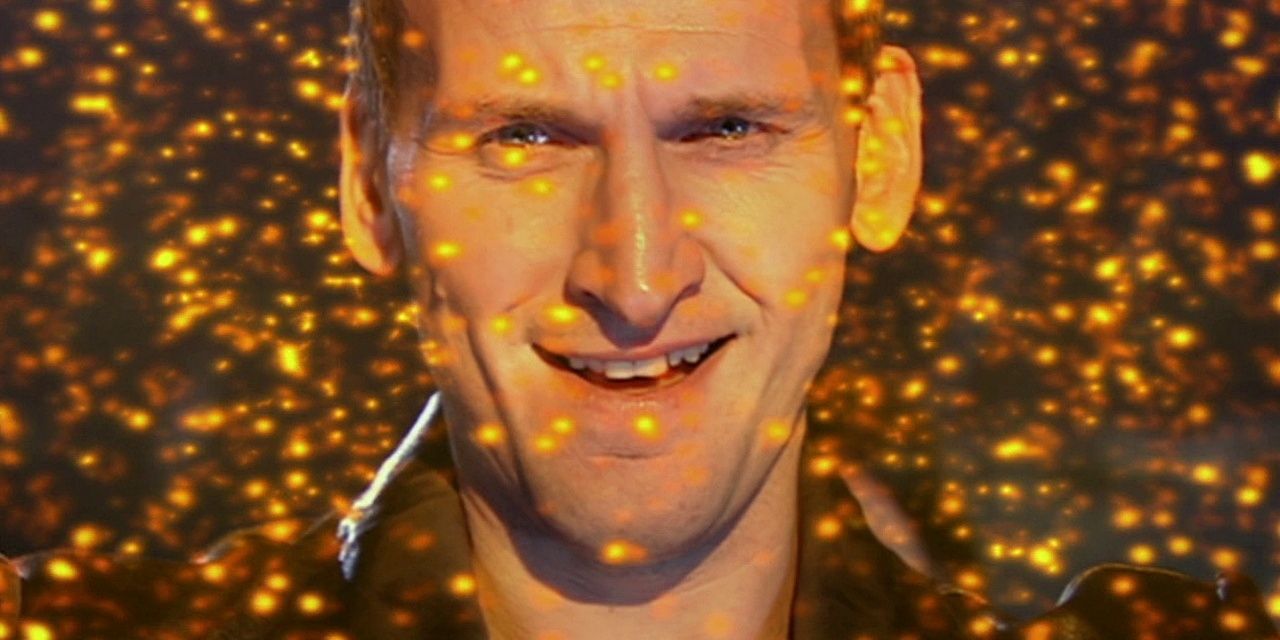Serialized fiction can go wrong in a lot of strange and fascinating ways. The writer of a long story might want to kill off some of their characters, only to find that they'd like those characters to stay around. They can bring them back, but if they're a bit too cavalier with the resurrection concept, they risk making death feel cheap.
When a character dies, it's always a big deal. We've all made the mistake of typing our favorite character's name into the search bar, only to see the word "death" in the autocomplete like a hateful message from a doomed future. Everyone wants that massive boost when a character dies, but not everyone wants to stick to their decisions.
The final battle has come and gone, and the side of good is victorious. Though the right side won, their accomplishment may have cost them everything. The heroes, their friends and family, and countless innocent bystanders lost their lives in the struggle. If only there were some way to save those who couldn't be saved, those who sacrificed themselves so that the rest of the world could survive. There might be, but even that comes at a cost. When everyone comes back to life, the ending might feel like the happiest possible outcome, but that level of upbeat good luck might be too much for the audience. The magical MacGuffin that saves everyone from the grave also removes the risk of death. Without that risk, death becomes cheap, and no battle can recapture the fear and tension that the story once had.
The go-to example for this trope is every comic book universe. Name any superhero from the major Marvel and DC Comics continuity, they've died at least a handful of times. In the 80s and 90s, comic book publishers would advertise the death of someone in nearly every issue to inflate sales. They'd always come back in one form or another. This also advertises the main issue behind this trope. When characters always come back, no one can take death seriously. When fans saw Superman or Captain America dead and buried, they were crushed. Today, we know they'll be back sooner or later. DC arguably had the better response to the concept, with their 2009 storylineBlackest Night. They canonized the "comic book death" concept as the efforts of the supervillain Nekron, who has been leaving the door to the underworld cracked to allow superheroes to return as part of an evil plan.
Soap operas are the go-to television example for this concept. Characters are assumed dead every other week, they return a month or two later, and no one ever gets too bothered with the explanation. They're using cheap death for the same reason as superhero comics, the weekly publications will mention the event and promote the show. The other big TV example is unquestionably Doctor Who, which uses a slightly different gimmick. The Doctor has been on TV longer than almost any other character, but the writers needed a way to recast him regularly. As a result, the Doctor regenerates upon death, allowing the character to take a new form every few seasons. The Doctor's death does still have stakes, but everyone knows he isn't going anywhere. There's a reason every episode doesn't end with the final moments of "The Empty Child." "Just this once, Rose. Everybody Lives!" only works a few times.
Akira Toriyama's beloved anime empire Dragon Ball abuses death constantly. With the use of the eponymous Dragon Balls, gruesome murder is little more than a temporary sidelining. The new strongest alien in the universe pops up, kills their way through the Z-Warriors, and squares up with Son Goku. They may even take out the Legendary Super Saiyan, but every participant in the brawl has the potential to come back after the dust has settled. Over the almost 40-year history of the franchise, no one stays dead for long. This makes it tough to view the battles with any level of tension. As long as the Dragon Balls are in play, nothing is really at risk. This is a weakness of the narrative, but it also allows the creators to treat the franchise as a toy chest and keep bringing whoever they want back for the next big event. Fans know their favorite characters will be okay eventually, but the battle is still fun to watch.
When Death is Cheap, it can become impossible to drum up the level of tension that a work used to command. Some franchises expend a ton of effort to convince the audience that its Get Out of Death Free card is a one-time deal. Others try and fail to keep pulling off the same magic trick. When the audience knows that their favorite heroes and villains will be coming back sooner or later, the author either has to raise the stakes or let them fall. There's fun to be had in a universe where Death is Cheap, but too many resurrections can make the action dull.





.jpg)
